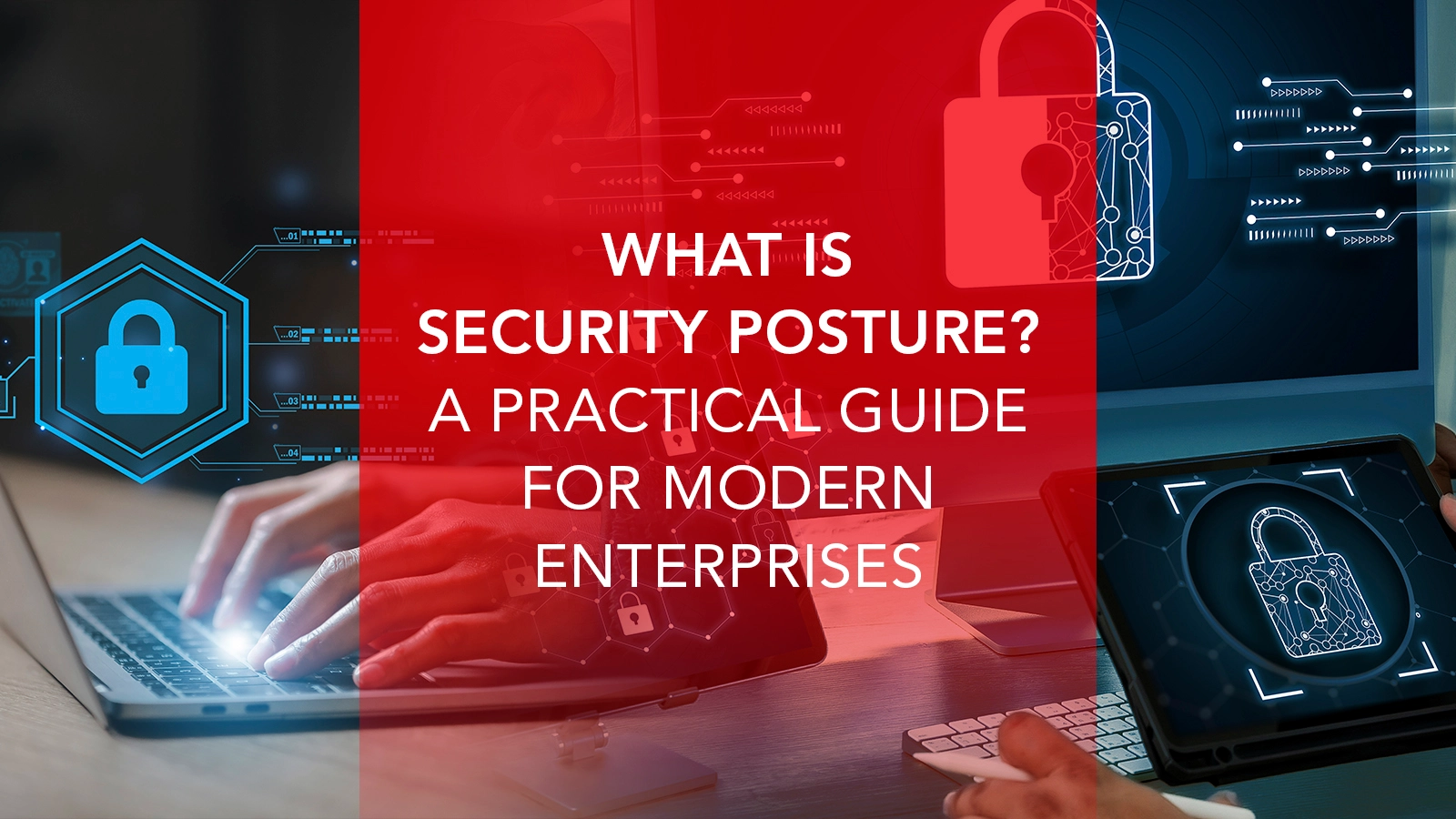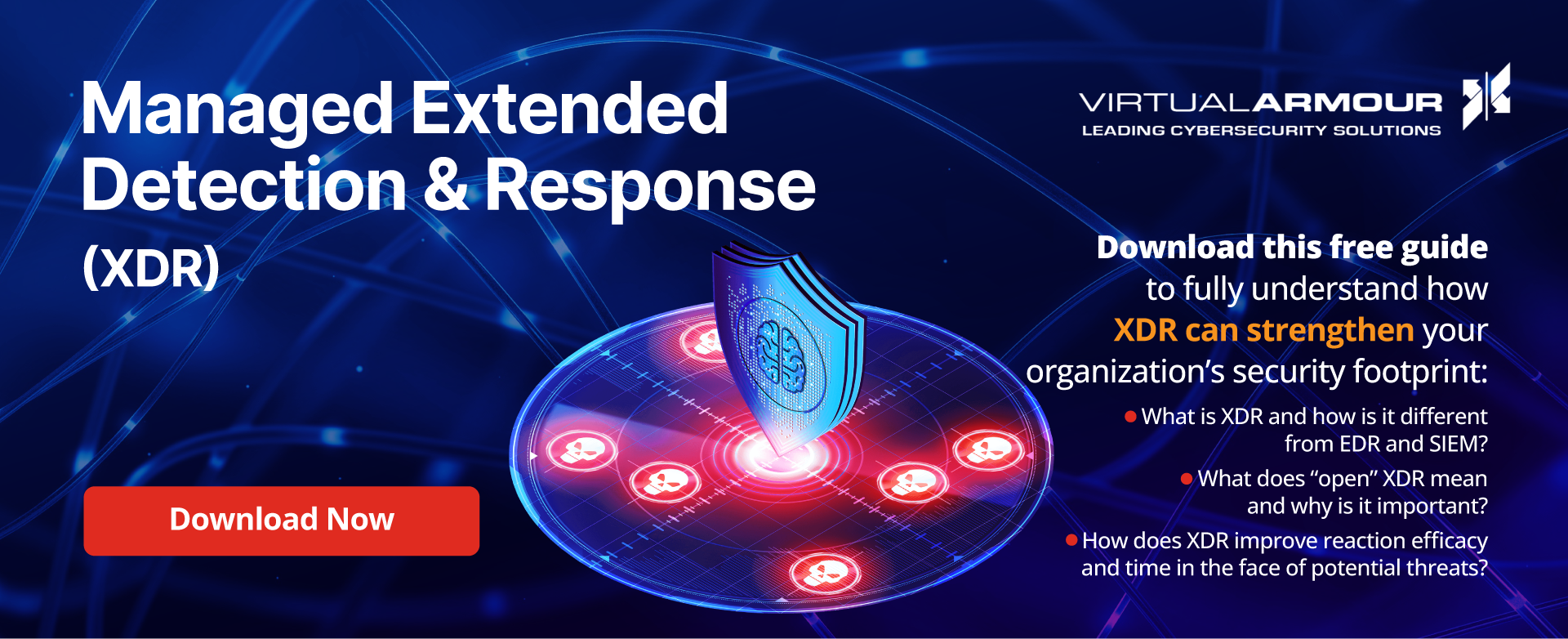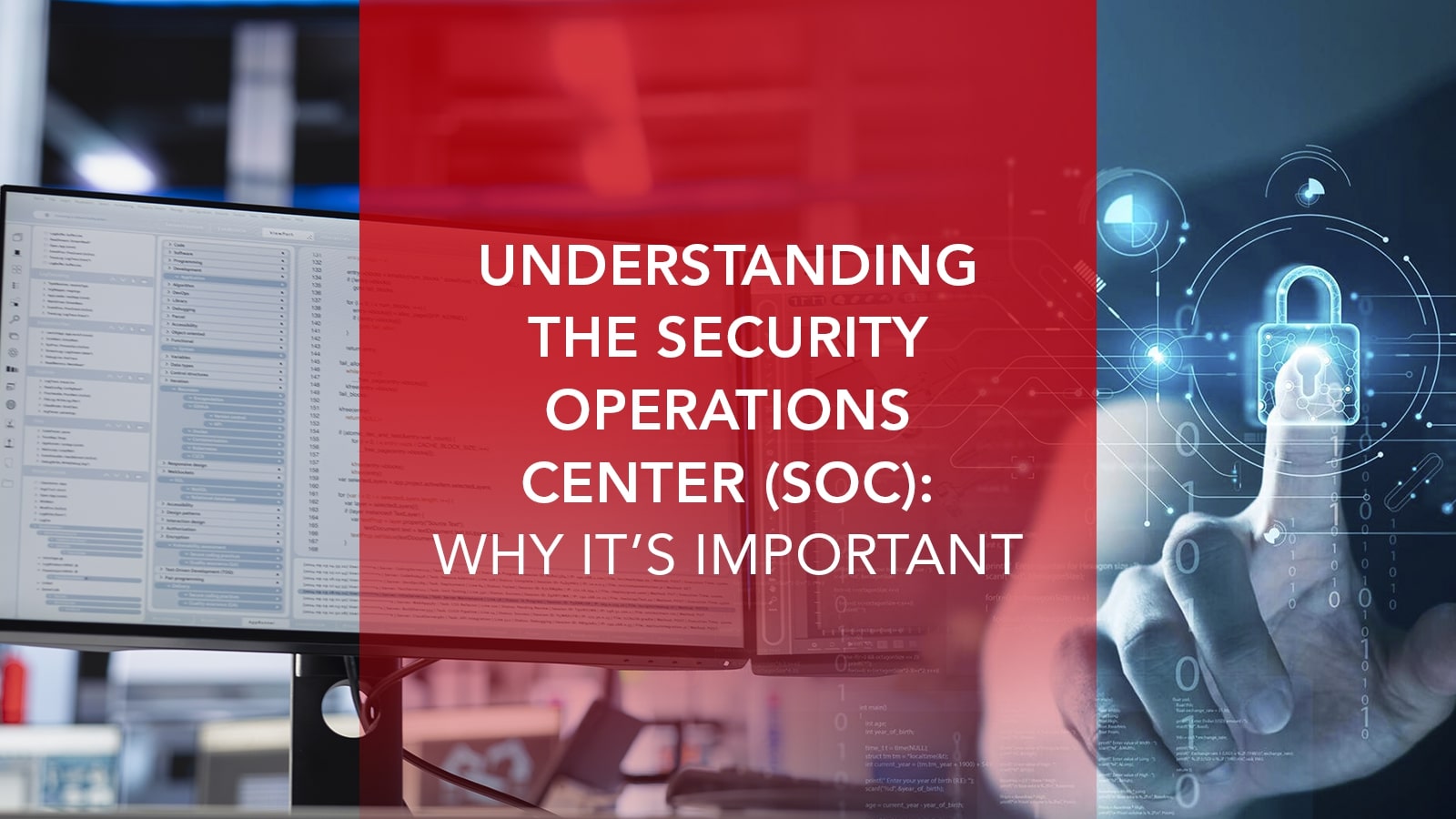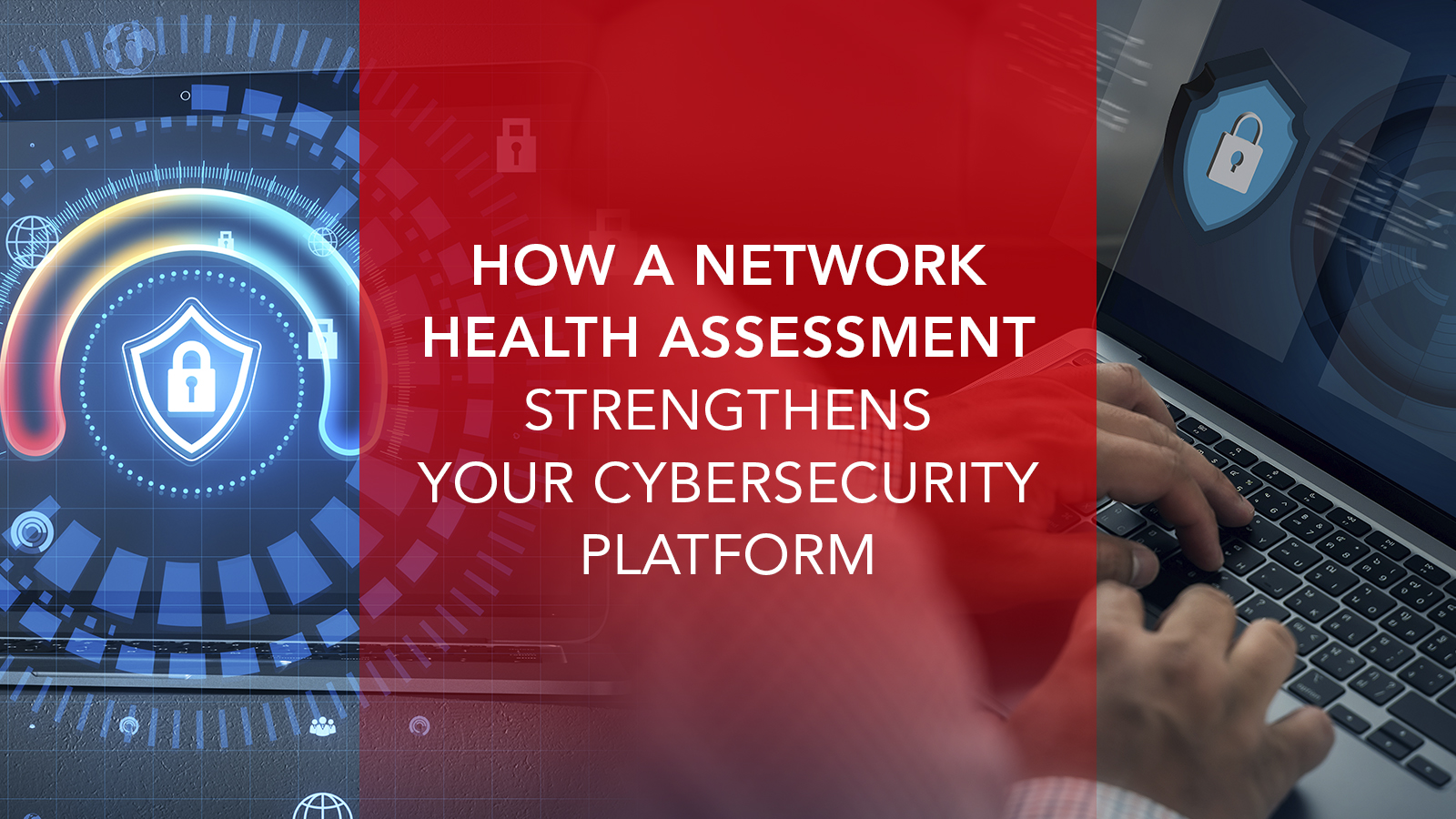Modern enterprises are under constant pressure from a rapidly evolving threat landscape. Sophisticated ransomware, insider threats, and supply chain attacks now strike at every layer of the business, including the critical foundation of network security posture. As infrastructures grow more complex and distributed, attack surfaces expand, making traditional perimeter defenses and one-off security tools increasingly inadequate.
To stay ahead of these threats, organizations must think beyond compliance and adopt a comprehensive, integrated approach to cybersecurity. Strengthening security posture is no longer optional–it’s essential for maintaining operational resilience, protecting sensitive data, and earning stakeholder trust in this era of constant risk.
Why Security Posture Matters Now More Than Ever
Today’s threat landscape is more aggressive and complex than ever. The recent surge in ransomware, insider threats, and supply chain attacks has exposed gaps in traditional security strategies. Modern attackers don’t just target networks, they target users, partners, and processes, reinforcing the fact that reactive defenses and basic compliance are no longer enough. Organizations now require true resilience, or the ability to adapt, recover, and maintain operations even in the face of sophisticated attacks.
That resilience starts with a strong, continuously evolving security posture. VirtualArmour helps organizations move beyond checkbox security by providing ongoing assessments, expert insights, employee security training, and tailored strategies to strengthen posture and build long-term cybersecurity resilience.
What is Security Posture
Security posture, sometimes referred to as IT security posture, refers to an organization’s overall ability to anticipate, prevent, detect, and respond to threats across its entire digital landscape. This includes everything from endpoints and applications to cloud environments, as well as network security posture — the strength and readiness of your network infrastructure to defend against intrusions and breaches. As today’s workforces become more distributed and infrastructures become more complex, maintaining a strong security posture has become both more challenging and more necessary.
Key Components of a Strong Security Posture
Building a resilient security posture isn’t about a single tool or tactic. It’s about how well your organization can see, understand, and control risk across its entire environment. Each of the following components plays a critical role in your defense strategy. When combined, they form the backbone of a security posture that can adapt, respond, and recover in the face of evolving threats.
Asset Visibility and Inventory
You can’t protect what you don’t know is there. A strong security posture begins with a complete and continuously updated inventory of all digital assets, including devices, systems, applications, and cloud instances. This visibility helps identify potential entry points and ensures that no asset is left unmonitored or unmanaged.
Risk Assessment and Vulnerability Management
Identifying and prioritizing risks is essential for making informed security decisions. Regular, ongoing vulnerability scans and risk assessments reveal weaknesses in your systems, software, and configurations. Incorporating risk scoring, patch management, and zero-day readiness ensures that the most critical issues are addressed first. Proactively resolving these gaps before they’re exploited minimizes your exposure and strengthens overall resilience.
Threat Detection and Response Capabilities
Effective threat detection leverages advanced tools like SIEM/XDR for centralized monitoring, EDR/MDR solutions for endpoint visibility, and behavioral analytics to identify unusual activity before it becomes a breach. These technologies feed into automated playbooks that guide rapid, consistent responses to incidents, reducing response times and human error. Complementing these tools, a well-defined incident response plan ensures your team is prepared to act swiftly and decisively when threats are detected, minimizing potential damage and downtime.
Network and Infrastructure Hardening
Your network is often the first line of defense. Hardening infrastructure means securing firewall configurations, implementing network segmentation, and maintaining detailed logging to monitor activity. This also includes properly configuring switches, routers, and cloud controls to reduce vulnerabilities. These measures create fewer opportunities for attackers to move laterally or escalate access once inside. Coupled with continuous infrastructure monitoring, they help ensure vulnerabilities are detected and addressed as environments evolve.
Governance, Policies, and Employment Training
Technology alone can’t secure an organization–people and processes are just as important. Strong governance ensures consistent policies like acceptable use and MFA enforcement, clear roles, and insider threat prevention measures are all aligned with regulatory requirements. Additionally, employee security awareness programs build a security-aware culture, empowering staff to recognize threats like phishing and follow best practices in their daily work.
How to Assess Your Current Cybersecurity Posture
Before you can improve your cybersecurity posture, you need to understand where your organization stands today. A thorough gap analysis is the first step–identifying where your current controls fall short, what assets are underprotected, and where vulnerabilities may exist. This process helps prioritize efforts and allocate resources more effectively.
To guide your assessment, leverage established frameworks such as the NIST Cybersecurity Framework (CSF), CIS Controls, or ISO/IEC 27001. These provide structured, widely recognized approaches for evaluating cybersecurity maturity and aligning with industry best practices. For additional insight and objectivity, consider partnering with a trusted provider like VirtualArmour. Our expert assessments and advisory services can validate internal findings, uncover blind spots, and provide tailored recommendations to strengthen your overall posture.
Ways to Improve Your Organization’s Security Posture
Strengthening your cybersecurity posture isn’t a one-time project–it’s an ongoing process that requires vigilance, adaptability, and alignment across the organization. While the threat landscape continues to evolve, your defenses must do the same. Here are some proven ways to actively improve security posture and build greater resilience over time.
Perform Regular Security Audits
Routine audits help you uncover gaps, outdated controls, and misconfigured systems before attackers do. They provide critical insights into where improvements are needed and ensure that security measures align with both internal policies and industry regulations. Audits also establish a security baseline to measure progress over time.
Monitor in Real Time with SIEM or XDR
Tools like Security Information and Event Management (SIEM) and Extended Detection and Response (XDR) give organizations real-time visibility across networks, endpoints, and cloud environments. These systems detect unusual behavior quickly, correlate data across sources, and enable faster, more informed responses to potential threats.
Leverage MSSPs to Expand Coverage Without Expanding Headcount
Managed Security Service Providers (MSSPs) offer 24/7 monitoring, threat detection, and incident response capabilities without the overhead of hiring and training additional in-house staff. By partnering with an MSSP, you can fill skill gaps, extend security coverage, and gain access to specialized expertise on demand.
Train Your Teams–And Test Them
Employees are often the first line of defense and may be the first point of failure. Go beyond basic training by using simulated phishing attacks, breach-and-attack emulation, and tabletop exercises to test response readiness and reinforce learning. These practical tests help build a culture of awareness and continuous improvement.
Align Cybersecurity with Business Objectives
Aligning cybersecurity efforts with broader organizational goals can boost cybersecurity maturity, increase stakeholder trust, support strategic partnerships, and even improve cyber insurance terms. A posture that supports the business is one that attracts long-term buy-in and investment.
Security Posture vs. Compliance: What’s the Difference?
While often confused, compliance and security posture are not the same. Compliance focuses on meeting regulatory or industry standards–essentially following a checklist to pass audits and avoid penalties. But compliance doesn’t guarantee real-world protection. You can be fully compliant and still remain exposed to threats like ransomware, phishing, or insider attacks.
Security posture is about your organization’s actual capability to prevent, detect, respond to, and recover from incidents. It reflects how prepared you are, not just how well you meet standards. Managed Security Service Providers help bridge this gap by delivering actionable defense, continuous monitoring, and expert guidance, ensuring your organization isn’t just compliant but truly secure.

How MSSPs Like VirtualArmour Strengthen Your Security Posture
Partnering with a Managed Security Service Provider (MSSP) like VirtualArmour gives organizations access to deep cybersecurity expertise and around-the-clock protection, without the cost or complexity associated with building a large in-house team. MSSPs act as an extension of your security team, helping you stay ahead of threats while continuously improving your posture.
VirtualArmour provides 24/7 monitoring and alert triage, ensuring potential threats are detected and prioritized in real time. Our team also conducts proactive threat hunting and incident response, rapidly identifying suspicious activity and containing breaches before they can escalate. We specialize in helping organizations harden their environments through infrastructure and hardware integration, optimizing the security of firewalls, switches, routers, and cloud controls. We also offer policy reviews and strategic security planning, aligning defenses with business goals and regulatory requirements to create a truly resilient and future-ready security posture.
Final Thoughts: Building a Posture that Evolves with the Threat Landscape
Security posture is not a one-time assessment–it’s a continuous, evolving practice. As cyber threats become more sophisticated, maintaining a strong, adaptable posture across all layers of your environment, including your network security, is essential for long-term resilience. This includes continuously improving your IT security posture to ensure core systems, applications, and endpoints are all aligned with modern threat prevention strategies.
That’s where VirtualArmour adds value. With 24/7 monitoring, proactive threat response, and strategic planning, we help organizations stay ahead of evolving risks and improve real-world defense, not just compliance.
Ready to take the next step? Request a security posture assessment or schedule a free consultation with one of our team members to evaluate and strengthen your posture today.







